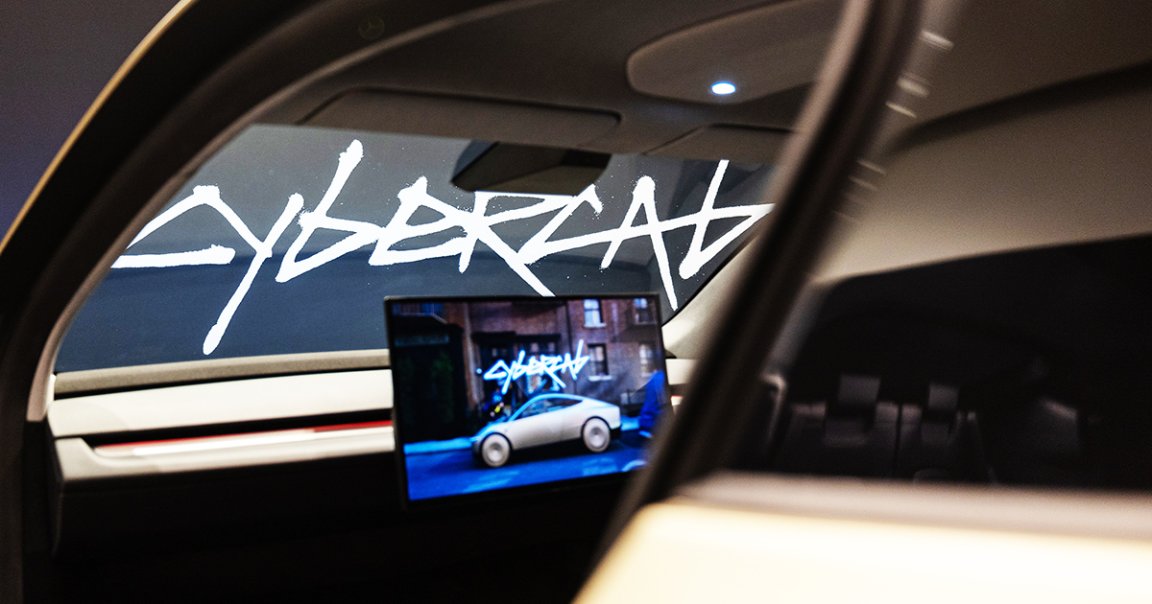
During Tesla’s earnings call last month, CEO Elon Musk admitted that the carmaker’s much-lauded self-driving robotaxi service would be relying on safety drivers.
As The Information reports, the company is already woefully behind schedule and hasn’t even started testing its autonomous vehicles without a safety driver as of April.
And the company is quickly running out of time. Musk promised that Tesla would launch an autonomous ride-hailing service in Austin in a matter of weeks — a characteristically overly ambitious promise.
The Texas Department of Public Safety hasn’t even received a plan for what would happen in case of an emergency from Tesla.
The stakes are enormous. Musk has bet the entire company on the development of a Waymo-like taxi service, allowing Tesla owners to lease their vehicles to make extra cash on the side.
But given the latest news, the EV maker could risk falling even further behind. The timing couldn’t be worse, considering the company is already in crisis mode, with sales falling off a cliff in key markets, including China and Europe.
As The Information points out, it took Waymo a decade to complete detailed maps of each city to allow its fleet of fully autonomous vehicles to roam the streets safely. It took months of having a human safety driver behind the wheel before its operation could go fully driverless.
Tesla has chosen a completely different approach, relying on its loyal customers to accumulate driving data. A Tesla engineer told The Information that the carmaker is struggling with “mundane operational problems,” like getting cars unstuck and providing customer service.
Musk’s promise to launch a service in Austin as soon as next month isn’t exactly going to move the needle. The mercurial CEO said during last month’s call that as few as ten Model Y vehicles would make up the operation’s fleet. The service will also be limited to portions of the Texas city.
Whether the company’s robotaxis service will fare better than Tesla’s existing driver assistance features remains to be seen. The software has led to countless close calls and collisions, many of which are still being investigated.
Experts have also raised safety concerns about Tesla’s decision to exclusively rely on cameras, unlike its competitors, like Waymo, which rely on more precise sensors, like radar and LIDAR.
In short, Musk is selling a dream that’s likely still many years away, if it ever materializes on a significant scale.
“The acid test is, can you go to sleep in your car and wake up in your destination?” he told investors during last month’s call. “And I’m confident that will be available in many cities in the U.S. by the end of this year.”
It’s the exact same thing he promised them in 2019.
More on Tesla’s robotaxis: Elon Musk’s “Robotaxis” Have a Dirty Secret